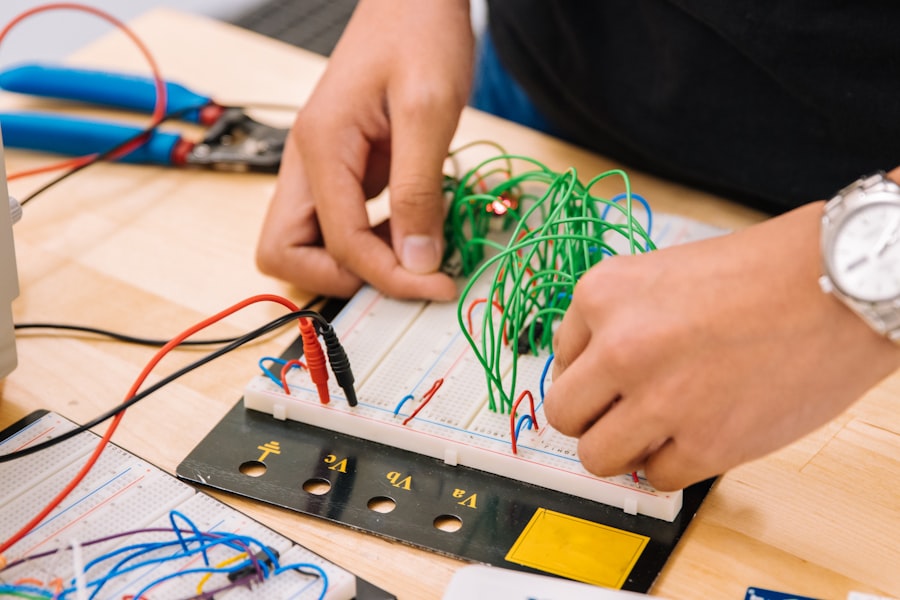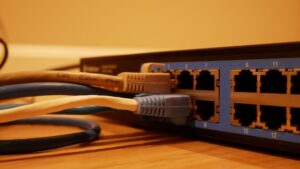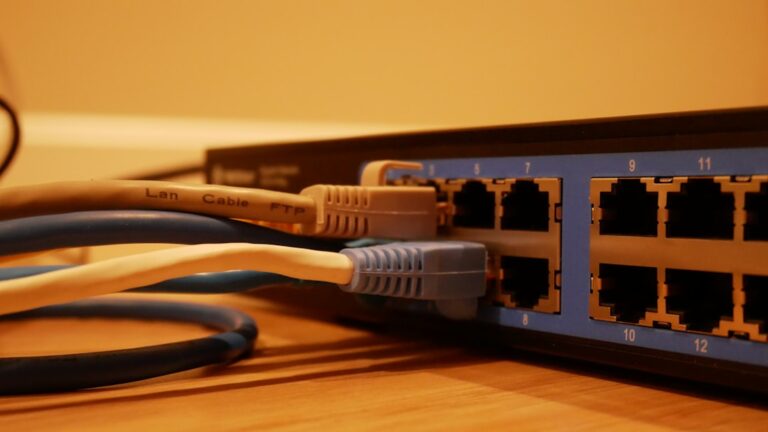The Individualized Education Program (IEP) process is a critical framework designed to support students with disabilities in accessing a free and appropriate public education. It begins with the identification of a child’s unique needs, which can stem from various disabilities, including learning disabilities, autism spectrum disorders, and emotional disturbances.
Understanding this process is essential for parents and guardians, as it empowers them to navigate the complexities of special education effectively. The IEP process typically unfolds in several stages, starting with the referral for evaluation. This can be initiated by parents, teachers, or other professionals who observe that a child may require additional support.
Once a referral is made, the school must conduct a comprehensive evaluation to determine the child’s eligibility for special education services. This evaluation includes assessments of academic performance, cognitive abilities, and social-emotional functioning. Following the evaluation, an IEP meeting is convened, where a team of educators, specialists, and parents collaborate to develop a personalized educational plan.
This plan outlines specific goals, accommodations, and services tailored to the child’s needs, ensuring that they receive the support necessary to thrive in an educational setting.
Key Takeaways
- The IEP process involves creating a personalized plan for a child with special needs to ensure they receive the support and accommodations they need to succeed in school.
- Preparation and organization are key to a successful IEP meeting, including gathering relevant documents and information, and understanding the child’s strengths and challenges.
- Effective communication with the IEP team, including teachers, therapists, and administrators, is essential for ensuring the child’s needs are met and goals are achieved.
- Setting clear and achievable goals in the IEP is important for tracking progress and ensuring the child’s success in the classroom.
- Advocating for your child’s needs is crucial in the IEP process, and building a positive and collaborative relationship with the IEP team can help ensure the best outcomes for the child.
Preparation and Organization
Preparation and organization are paramount when navigating the IEP process. Parents should begin by gathering relevant documentation that reflects their child’s strengths and challenges. This may include previous report cards, assessment results, and any notes from teachers or therapists.
Having a comprehensive understanding of the child’s educational history allows parents to present a well-rounded view of their child’s needs during IEP meetings. Additionally, it is beneficial to keep a record of any communications with school personnel, as this can provide context and continuity in discussions about the child’s progress. Creating a checklist of items to discuss during the IEP meeting can also enhance organization.
Parents should consider outlining specific concerns they have regarding their child’s education and any observations they have made at home or in other settings. This proactive approach not only helps in articulating needs clearly but also demonstrates to the IEP team that parents are engaged and invested in their child’s education. Furthermore, organizing all relevant documents in a binder or digital folder can streamline the process, making it easier to reference important information during meetings.
Effective Communication with the IEP Team

Effective communication with the IEP team is crucial for ensuring that a child’s needs are met adequately. Parents should approach these discussions with an open mind while also being assertive about their child’s requirements. It is essential to foster an environment where all team members feel comfortable sharing their insights and recommendations.
Active listening plays a significant role in this process; parents should take the time to understand the perspectives of educators and specialists while also expressing their own views clearly. Utilizing clear and concise language can enhance communication during IEP meetings. Parents should avoid educational jargon unless they are familiar with it, as this can lead to misunderstandings.
Instead, using straightforward language to describe their child’s strengths and challenges can facilitate more productive discussions. Additionally, asking clarifying questions can help ensure that everyone is on the same page regarding the child’s needs and the proposed interventions. Establishing a rapport with team members can also contribute to more effective communication; building relationships based on mutual respect can lead to more collaborative problem-solving.
Setting Clear and Achievable Goals
| Metrics | Results |
|---|---|
| Number of goals set | 25 |
| Percentage of achieved goals | 80% |
| Time taken to achieve goals | 6 months on average |
Setting clear and achievable goals is a fundamental aspect of the IEP process. Goals should be specific, measurable, attainable, relevant, and time-bound (SMART), providing a clear roadmap for both educators and parents. For instance, rather than stating that a child will “improve reading skills,” a more effective goal might specify that the child will read at grade level by the end of the academic year, demonstrating progress through regular assessments.
This level of specificity not only clarifies expectations but also allows for more accurate monitoring of progress. Involving the child in goal-setting can also be beneficial, particularly as they grow older and become more aware of their educational journey. Encouraging students to express their own aspirations fosters a sense of ownership over their learning process.
For example, if a child expresses an interest in improving their math skills to participate in a school competition, this goal can be integrated into their IEP. By aligning educational objectives with the child’s personal interests, parents and educators can create a more engaging and motivating learning environment.
Advocating for Your Child’s Needs
Advocating for a child’s needs within the IEP framework is an essential responsibility for parents and guardians. This advocacy involves not only understanding the legal rights afforded to children under IDEA but also actively participating in discussions about their education. Parents should familiarize themselves with their child’s rights to ensure that they receive appropriate services and accommodations.
This knowledge empowers them to challenge any decisions that may not align with their child’s best interests. Effective advocacy also requires persistence and resilience. There may be instances where disagreements arise between parents and school personnel regarding the best course of action for a child’s education.
In such cases, it is vital for parents to remain focused on their child’s needs while maintaining professionalism in discussions. Documenting all interactions related to advocacy efforts can provide valuable evidence if disputes escalate or if further action is required. Additionally, seeking support from local advocacy groups or organizations specializing in special education can provide parents with resources and guidance as they navigate complex situations.
Building a Positive and Collaborative Relationship with the IEP Team

Building a positive and collaborative relationship with the IEP team is essential for fostering an effective educational environment for children with disabilities. Trust and respect among team members create a foundation for open dialogue and constructive feedback. Parents should approach interactions with educators and specialists as partners in their child’s education rather than adversaries.
This mindset encourages collaboration and helps establish common goals focused on the child’s success. Regular communication outside of formal IEP meetings can strengthen these relationships further. Parents might consider scheduling informal check-ins with teachers or specialists to discuss their child’s progress or any concerns that arise throughout the school year.
These interactions can help build rapport and demonstrate that parents are invested in their child’s education beyond just meetings. Additionally, expressing appreciation for educators’ efforts can go a long way in fostering goodwill; acknowledging their hard work reinforces a collaborative spirit that benefits everyone involved.
Following Up and Monitoring Progress
Following up on the implementation of an IEP is crucial for ensuring that goals are being met effectively. Parents should establish regular check-ins with teachers to discuss their child’s progress toward achieving set objectives. These meetings can provide valuable insights into how well interventions are working and whether any adjustments need to be made to better support the child’s learning experience.
Keeping track of progress through data collection—such as grades, assessment scores, or behavioral reports—can also help parents gauge whether their child is on track. In addition to formal meetings, parents should maintain open lines of communication with educators throughout the school year. This ongoing dialogue allows for timely adjustments if challenges arise or if goals need to be modified based on the child’s evolving needs.
Utilizing tools such as communication logs or digital platforms designed for parent-teacher communication can facilitate this process, ensuring that both parties remain informed about any developments related to the child’s education.
Seeking Additional Support and Resources
In some cases, parents may find that additional support and resources are necessary to complement their child’s IEP effectively. This could involve seeking out specialized tutoring services, therapy options, or extracurricular programs designed to enhance specific skills or interests. Many communities offer resources such as workshops or support groups for parents of children with disabilities; these can provide valuable information and networking opportunities.
Furthermore, online resources can be instrumental in helping parents stay informed about best practices in special education advocacy and support strategies. Websites dedicated to special education often provide articles, forums, and toolkits that can assist parents in navigating challenges they may encounter throughout the IEP process. By actively seeking out these resources, parents can equip themselves with knowledge and strategies that enhance their ability to advocate effectively for their child’s needs within the educational system.
If you are interested in exploring the philosophy of language and knowledge, you may find the article “Russell: Philosophy of Language and Knowledge” to be a fascinating read. This article delves into the theories and ideas of Bertrand Russell, a prominent figure in the field of philosophy. Understanding different bifurcation types and examples can also be a valuable area of study, as discussed in the article “Understanding Bifurcation Types and Examples”. Additionally, if you are considering a career in psychology, you may benefit from reading “Exploring Psychology Careers, Courses, Colleges, and Certifications” to gain insight into the various paths available in this field.
FAQs
What is an IEP?
An Individualized Education Program (IEP) is a written document that outlines the specific educational needs of a student with a disability. It is developed by a team of professionals, including the student’s parents, and is designed to ensure that the student receives appropriate educational services and support.
Who is eligible for an IEP?
Students who have been identified as having a disability that impacts their ability to learn and participate in the general education curriculum may be eligible for an IEP. This includes students with learning disabilities, autism, emotional disturbances, and other health impairments.
What is included in an IEP?
An IEP includes information about the student’s current performance, annual goals, special education and related services, accommodations and modifications, and transition planning for older students. It is a comprehensive plan that is tailored to the individual needs of the student.
How is an IEP developed?
The development of an IEP involves a collaborative process that includes input from the student’s parents, teachers, special education professionals, and other relevant stakeholders. The team works together to assess the student’s needs, set goals, and determine the appropriate services and supports.
What is the purpose of an IEP?
The primary purpose of an IEP is to ensure that students with disabilities receive the support and services they need to access and make progress in the general education curriculum. It is also designed to promote the student’s participation in extracurricular activities and prepare them for post-secondary education and employment.
























+ There are no comments
Add yours